With the huge number of carpet types out there, it’s easy to feel a bit overwhelmed. It’s also fair to ask “why do I need a carpet for my flooring? Aren’t those outdated? What about carpet tiles?”. Both are fair questions that are worth exploring. Carpeting can be a great addition to any home and fits well with many different aesthetics.
But before you start installing your very own wall-to-wall 1970s-style shaggy carpet, there are a few things you should know. As it turns out, there are plenty of cool ways to make your home classier with some elegant carpeting options.
Important Terms
Before getting started on your carpet-choosing journey, it’s a good idea to get acquainted with the terms of the trade. These terms are commonly used to describe carpet materials and designs. It is best to read up on these to better understand the features and benefits of each carpet type.
Twist
Twist counts the number of times carpet fibers turn in a 1-inch length. In other words, one twist means one twist per inch of fiber. Higher twist counts mean a stronger carpet material that can better deal with heavy foot traffic and resist crushing.
PAR Rating
The PAR Rating is meant to measure the appearance and strength of carpeting. It is based on a one to five rating scale, and a higher score means a stronger carpet that can retain its appearance and shape for longer. In other words, a PAR 5 carpet is a high-quality one.
Density
This is an indicator of how densely packed a carpet’s fibers are. A high-density carpet is more durable and can also be more stain-resistant. A good example of a high-density carpet is Berber, which is famous for its resilience.
Face Weight
Face weight is a measure of the density of fiber on the surface of the carpet. It is essentially a measure of how plush a carpet is. The higher the face weight of a carpet, the softer it is and the more durable it is.
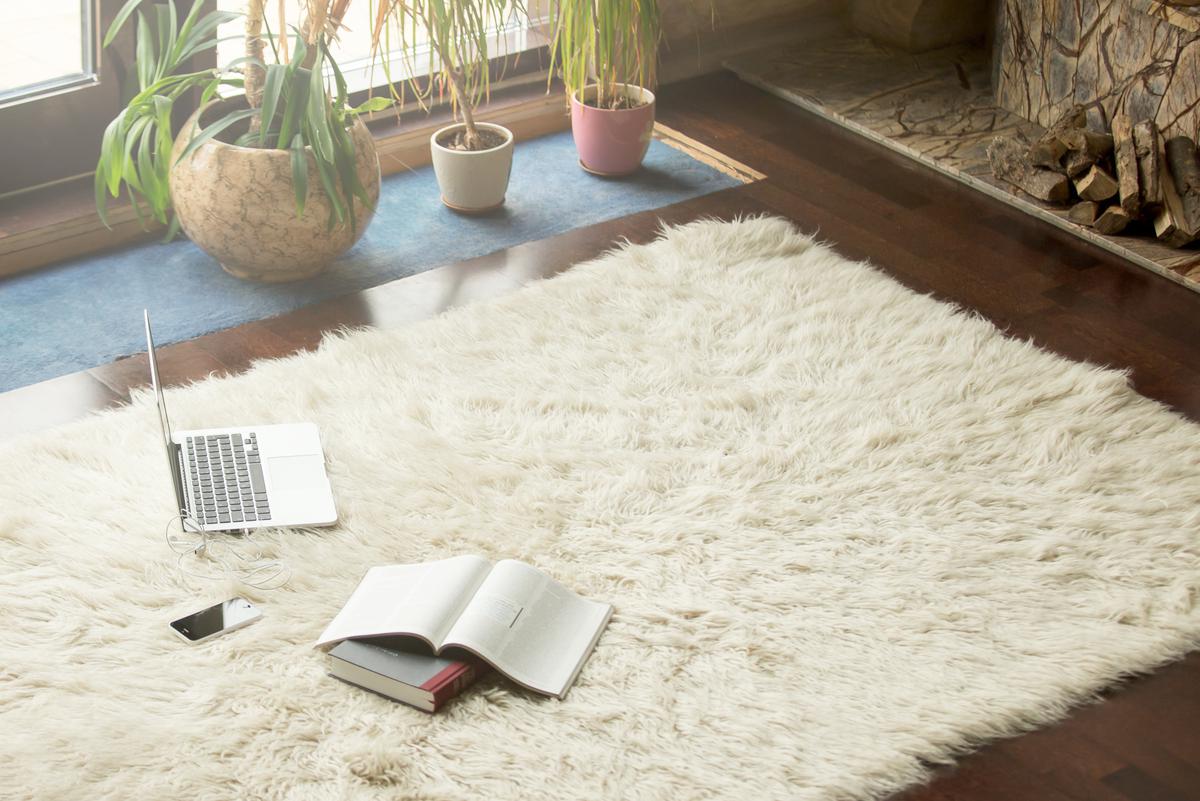

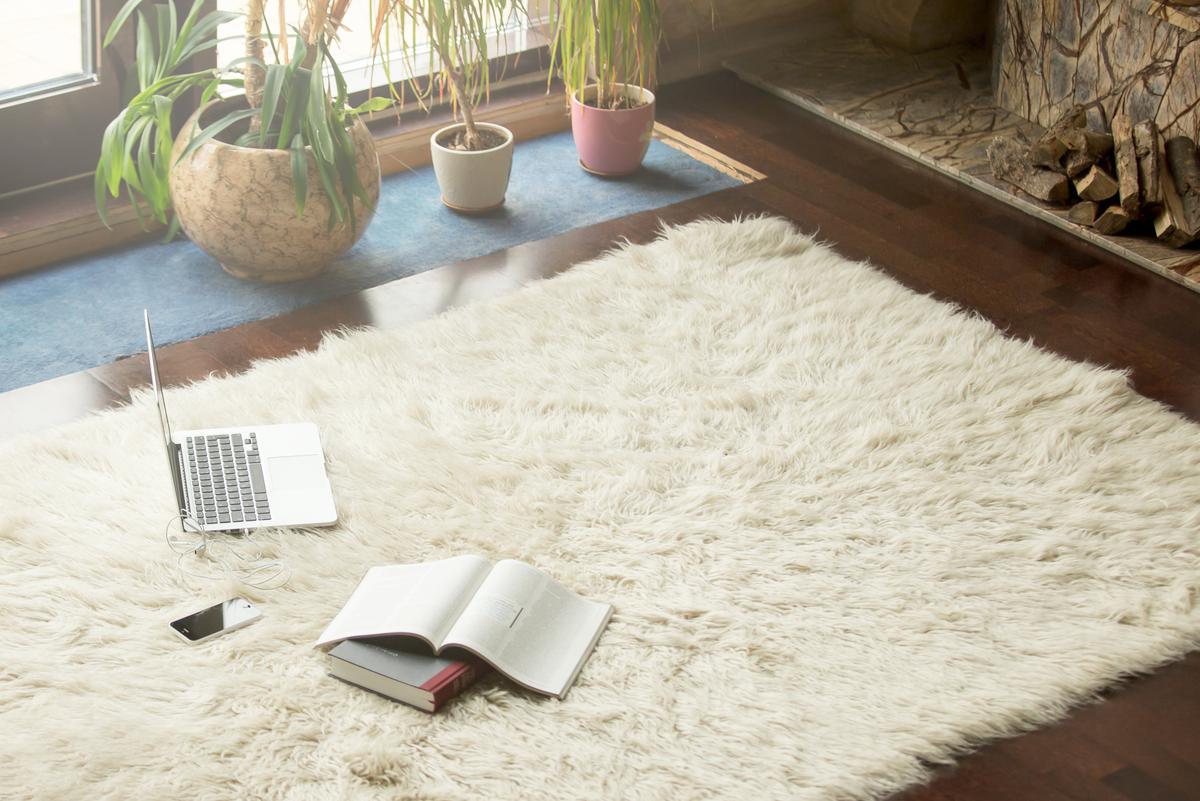
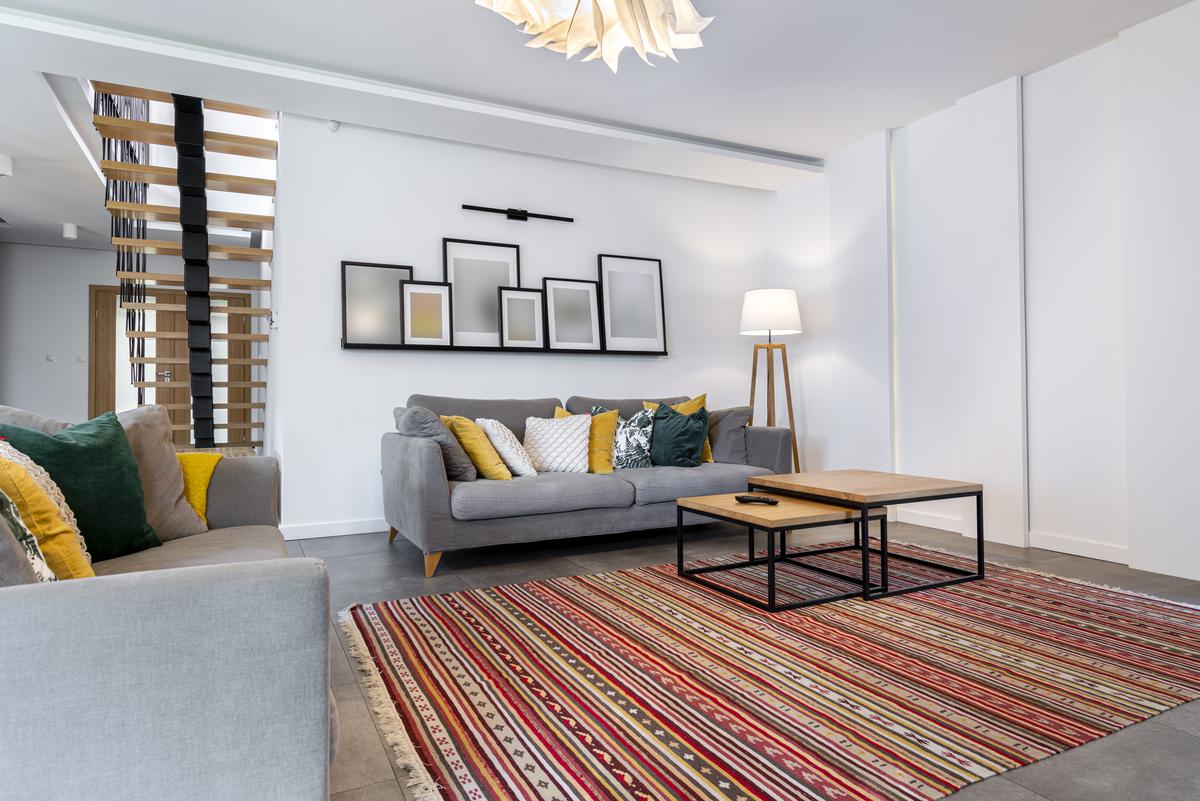
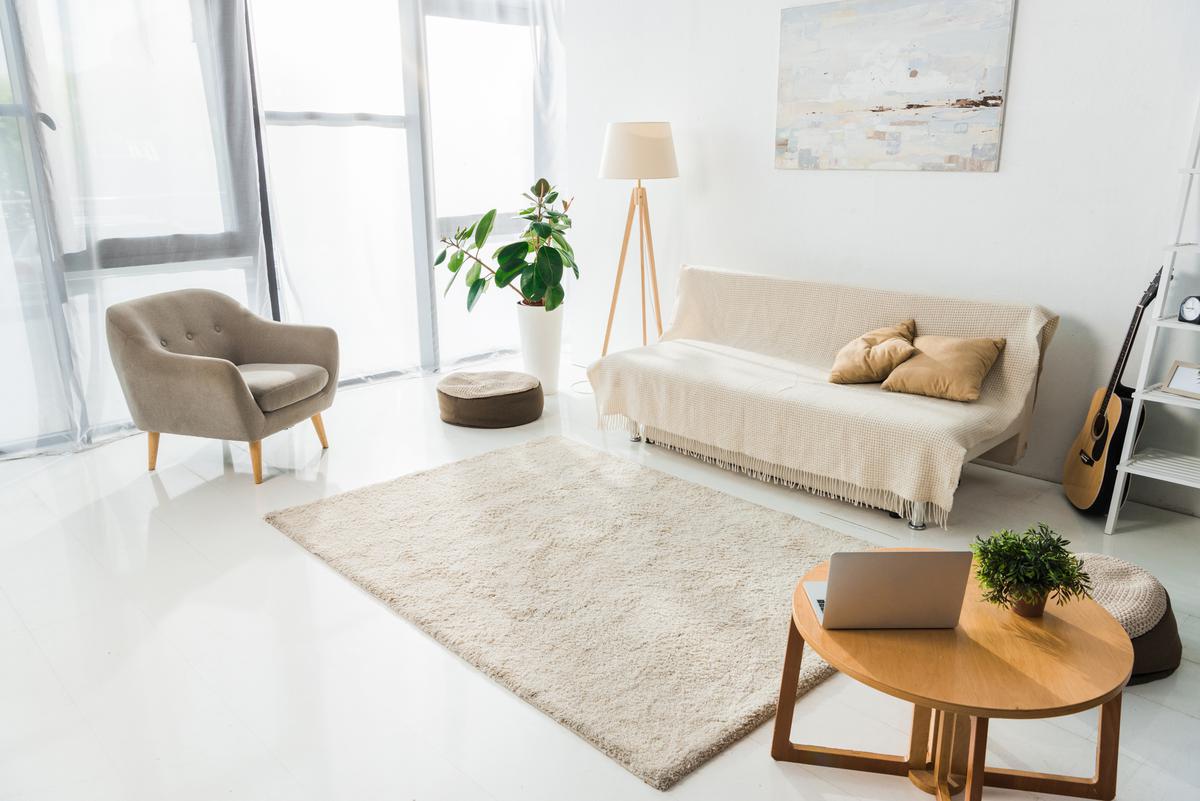

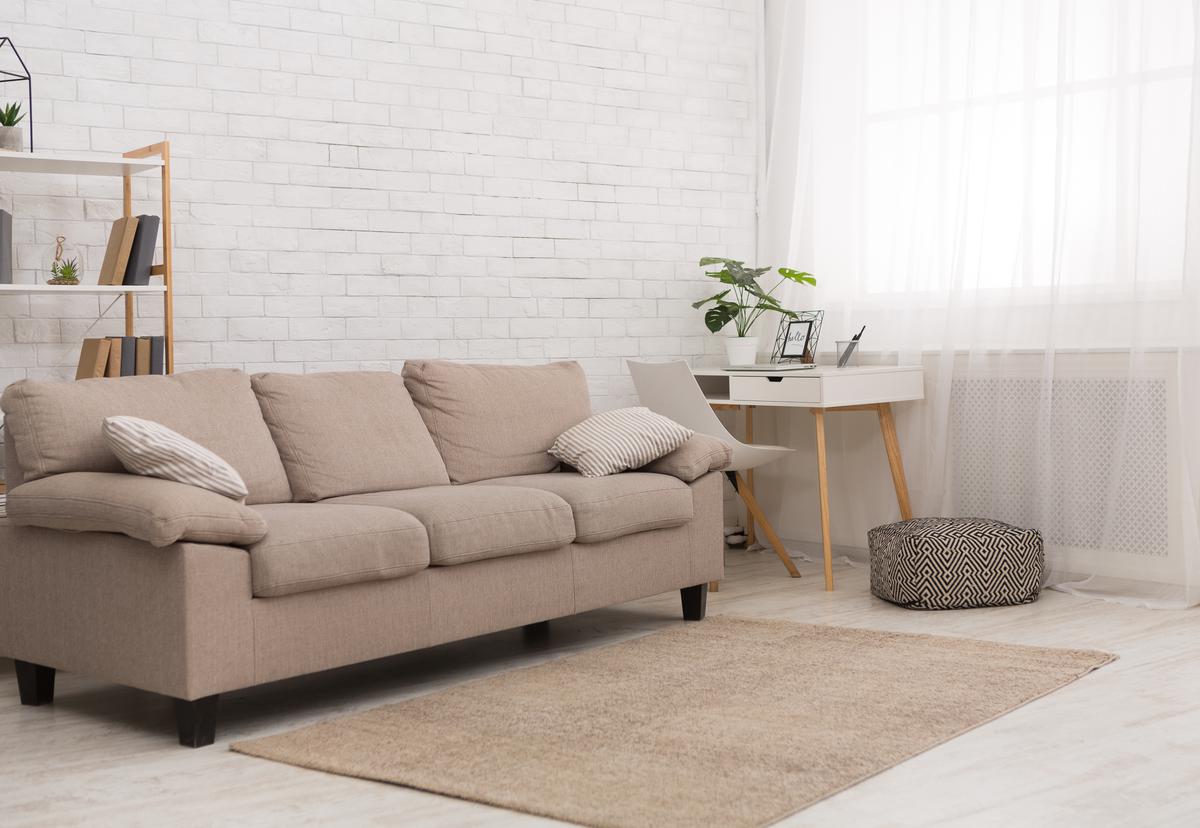
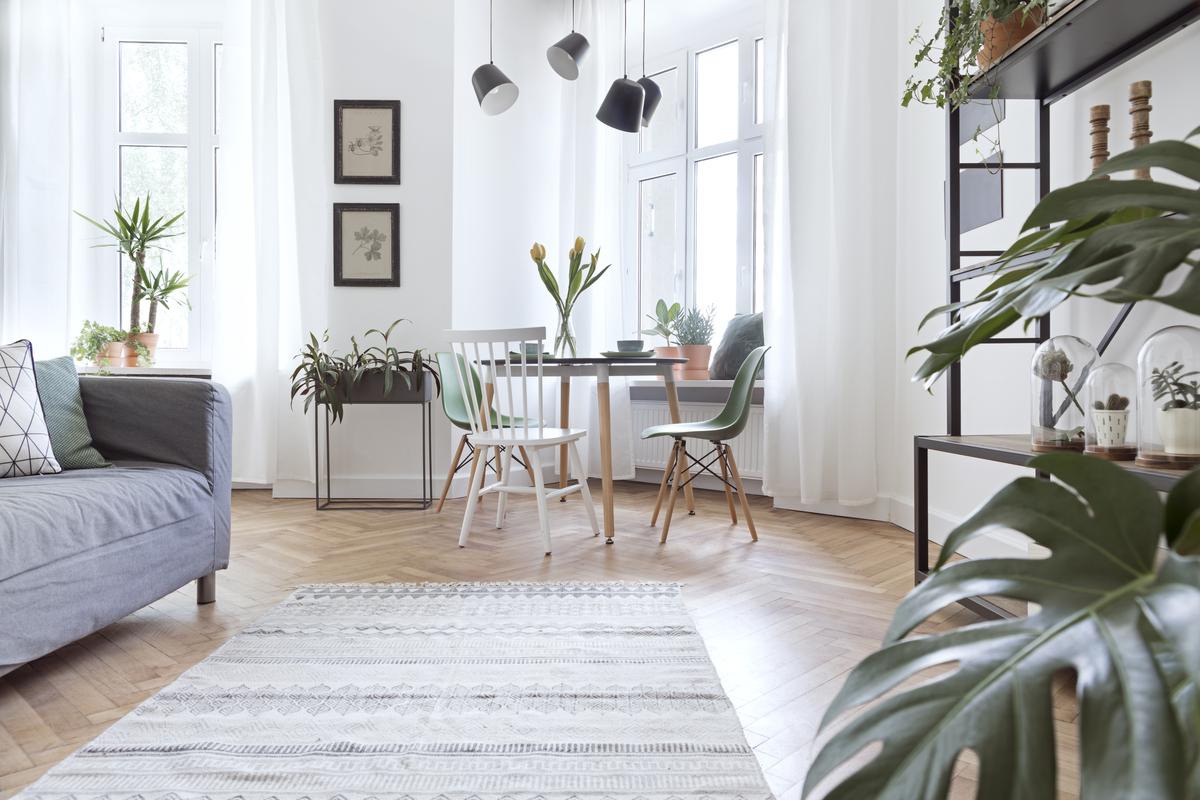
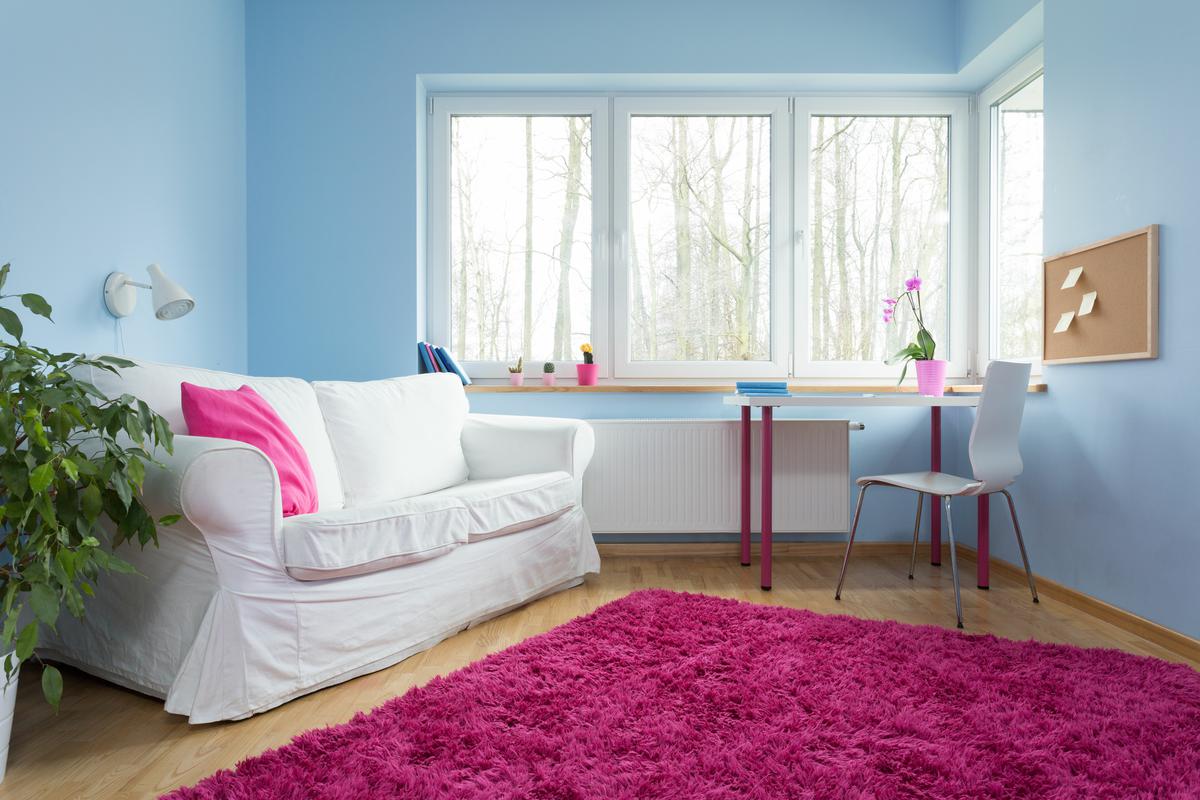
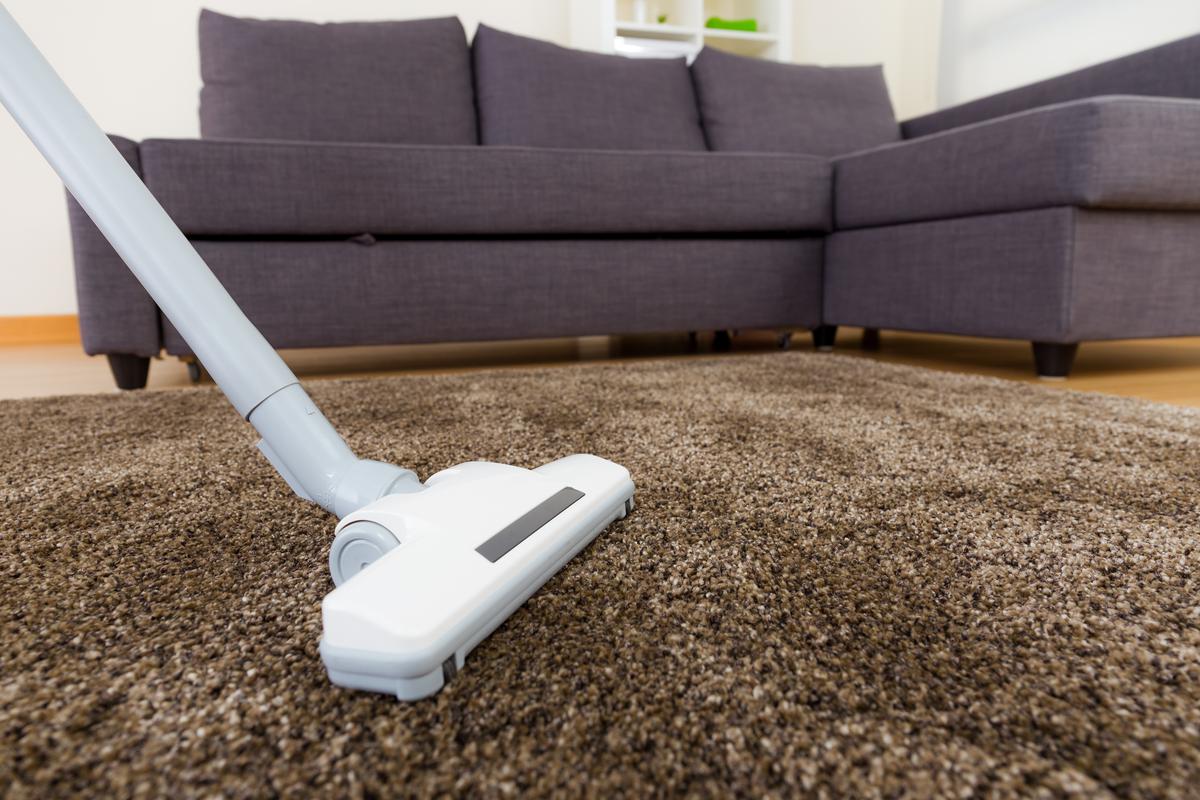
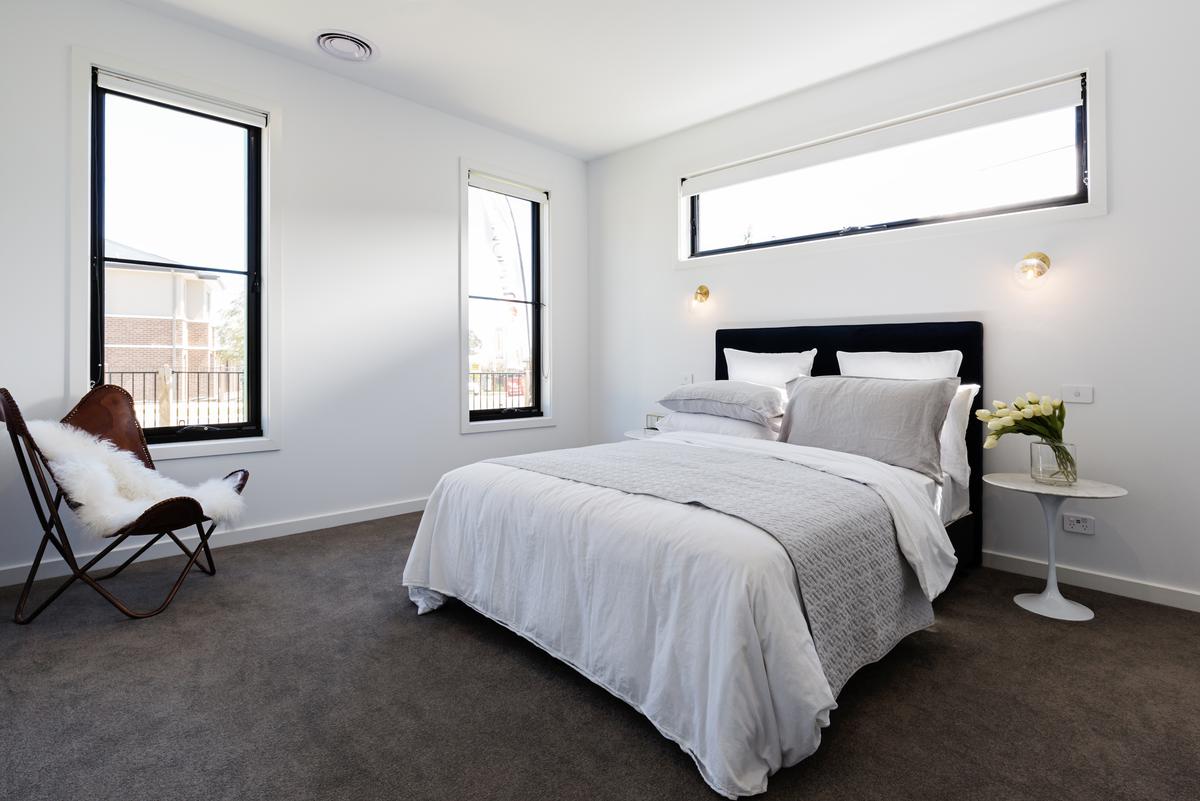
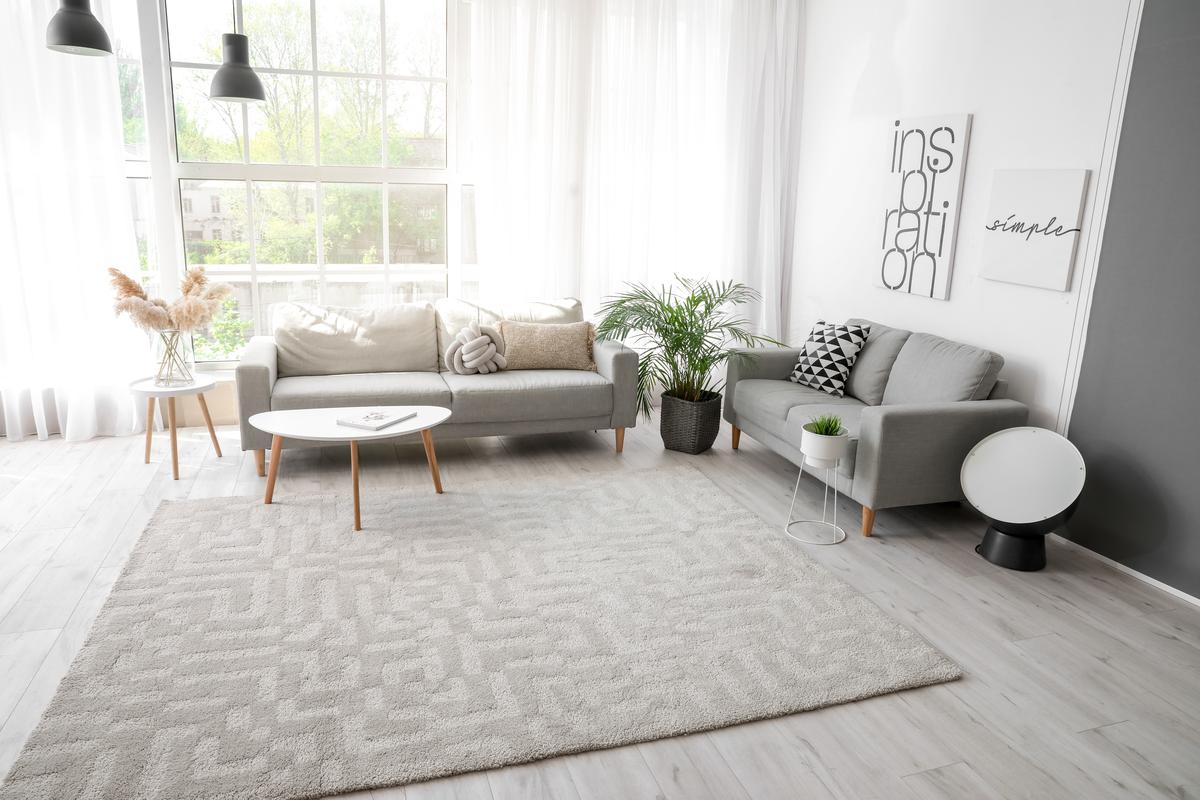
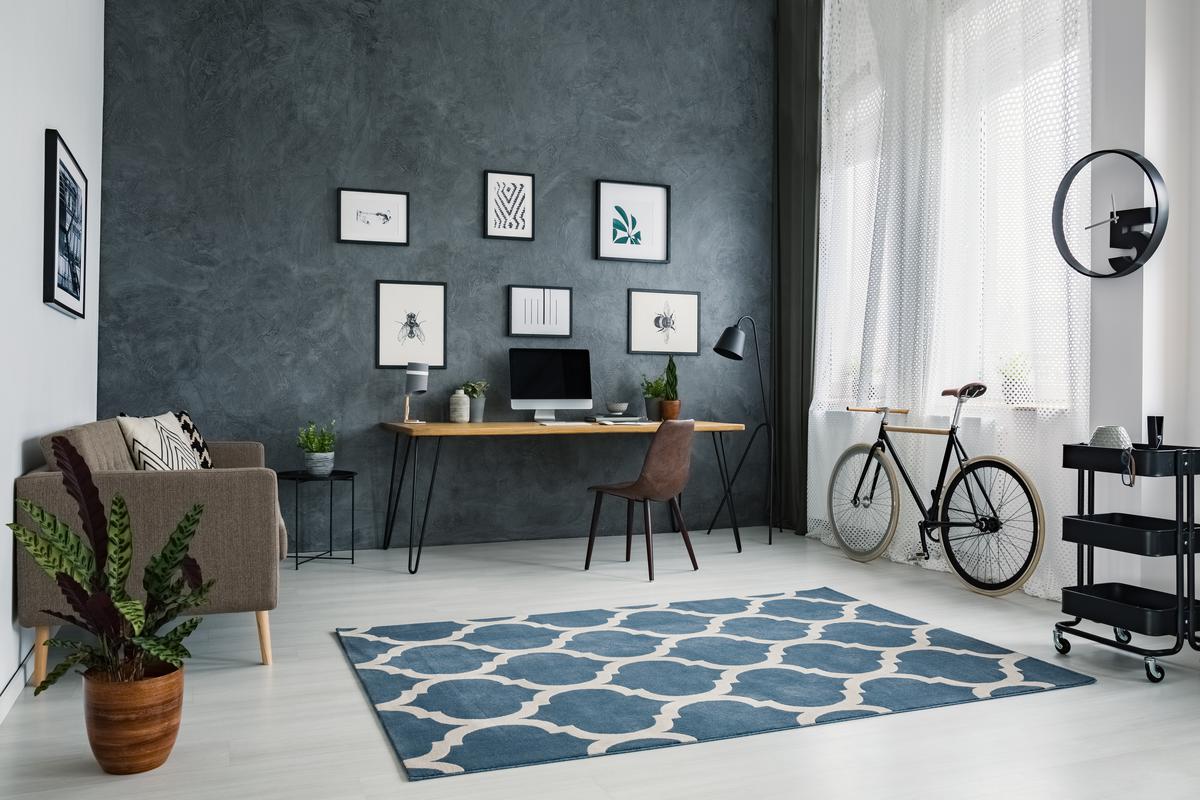

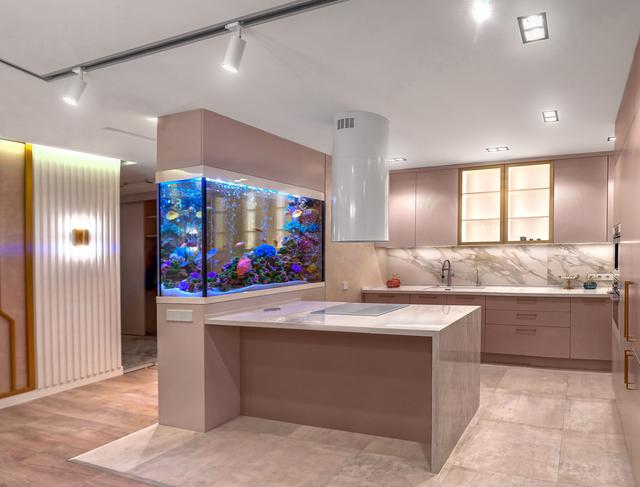
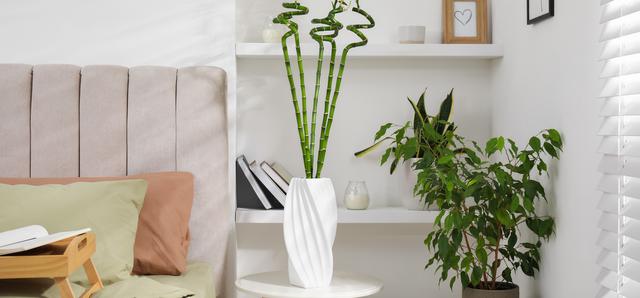
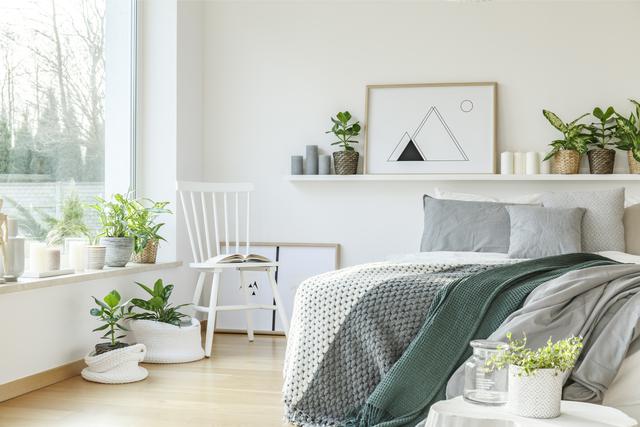
comments